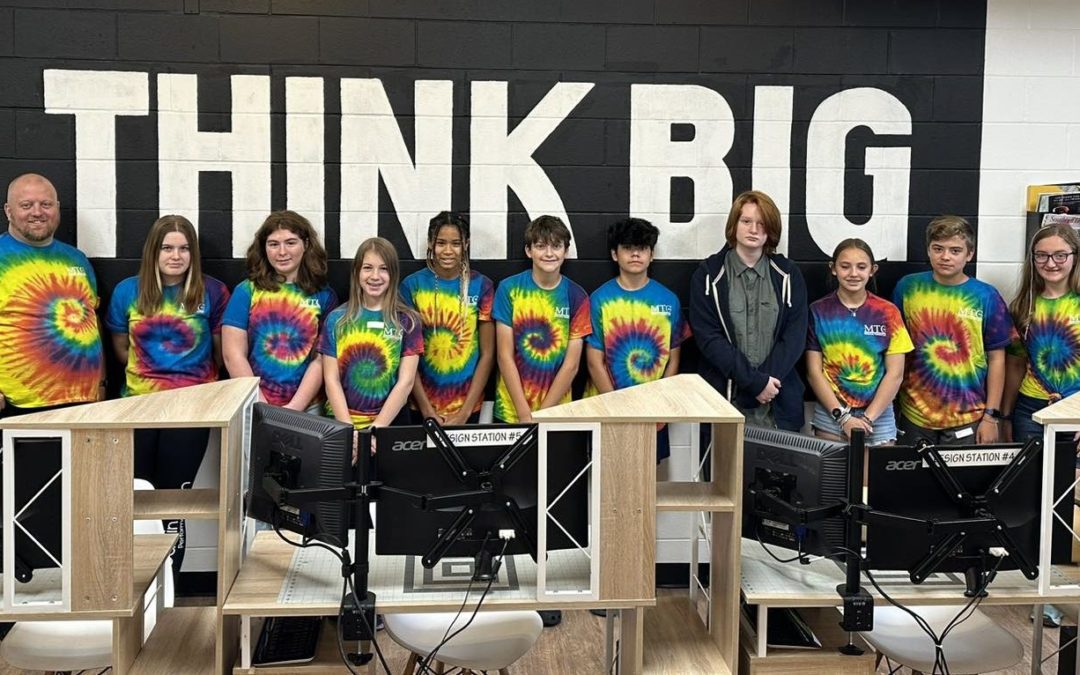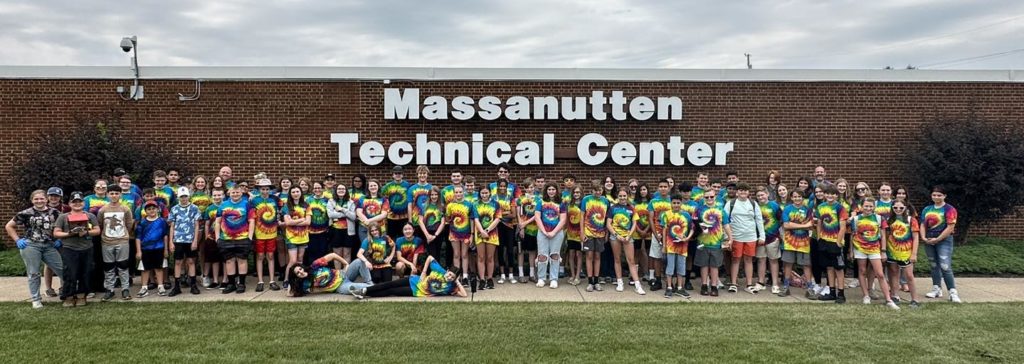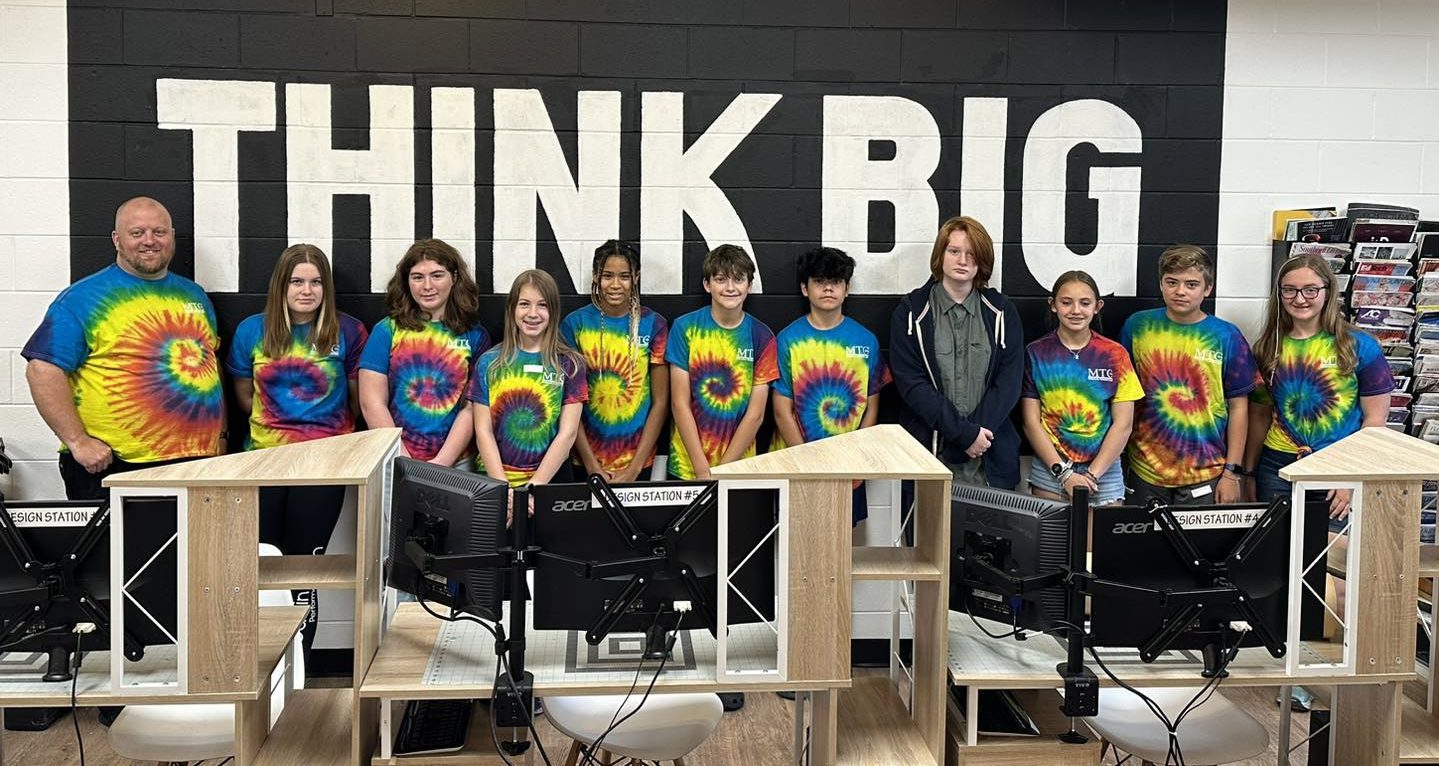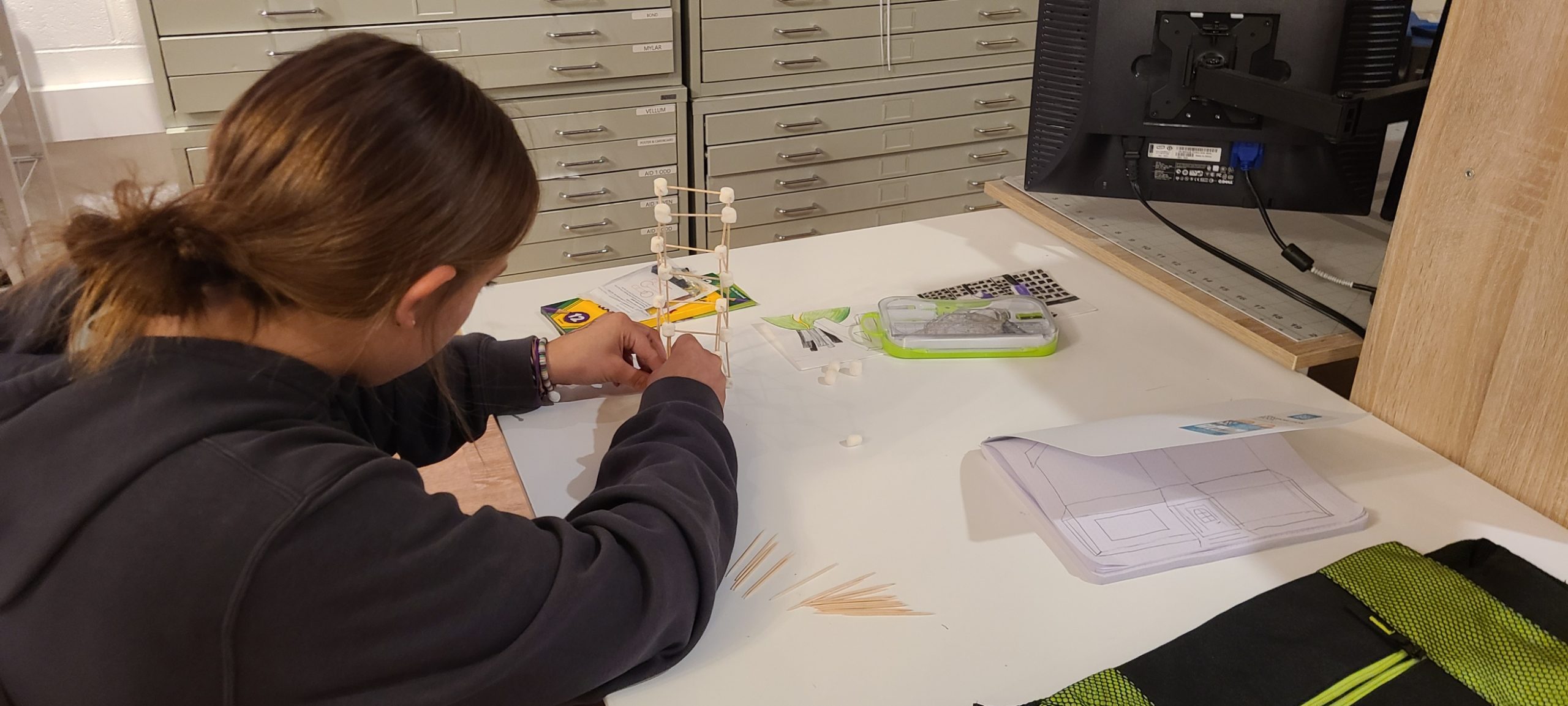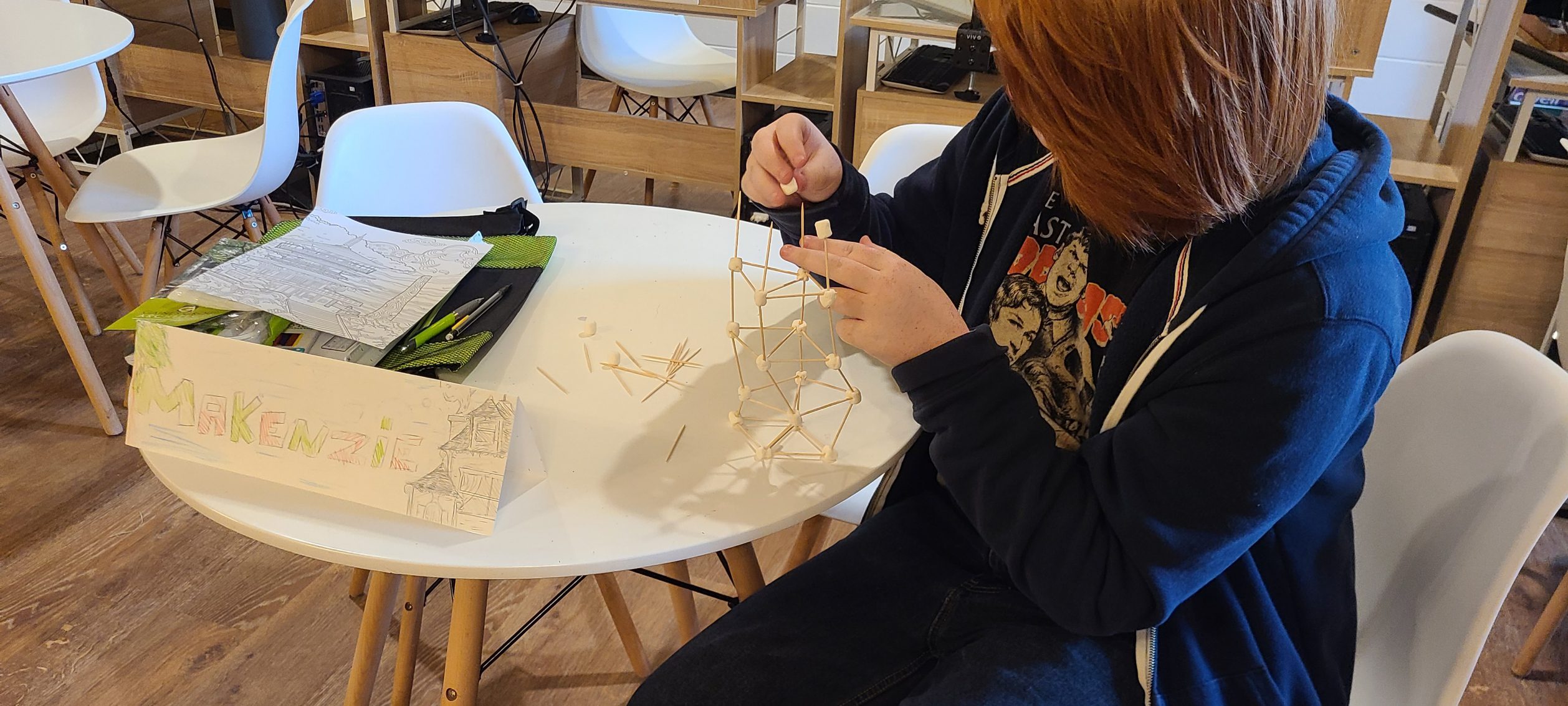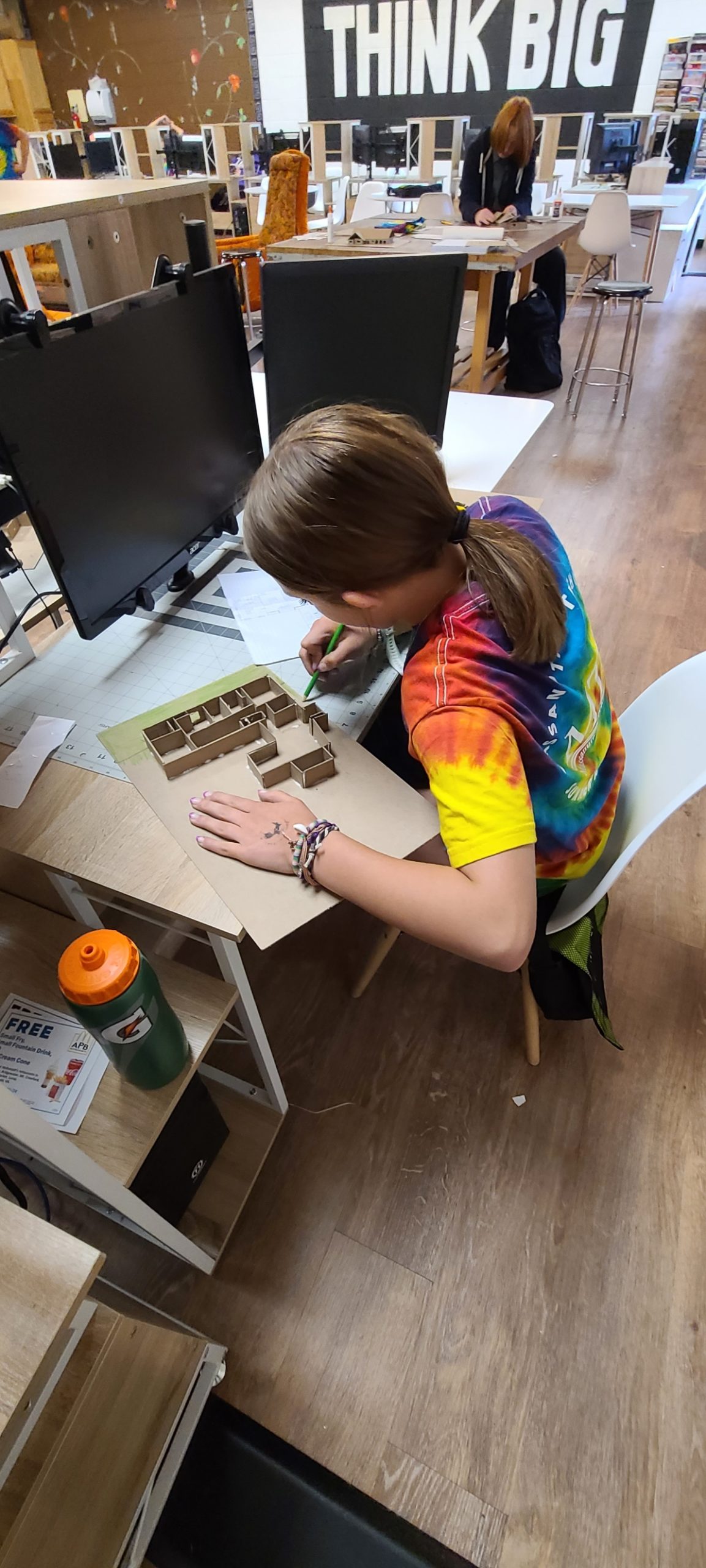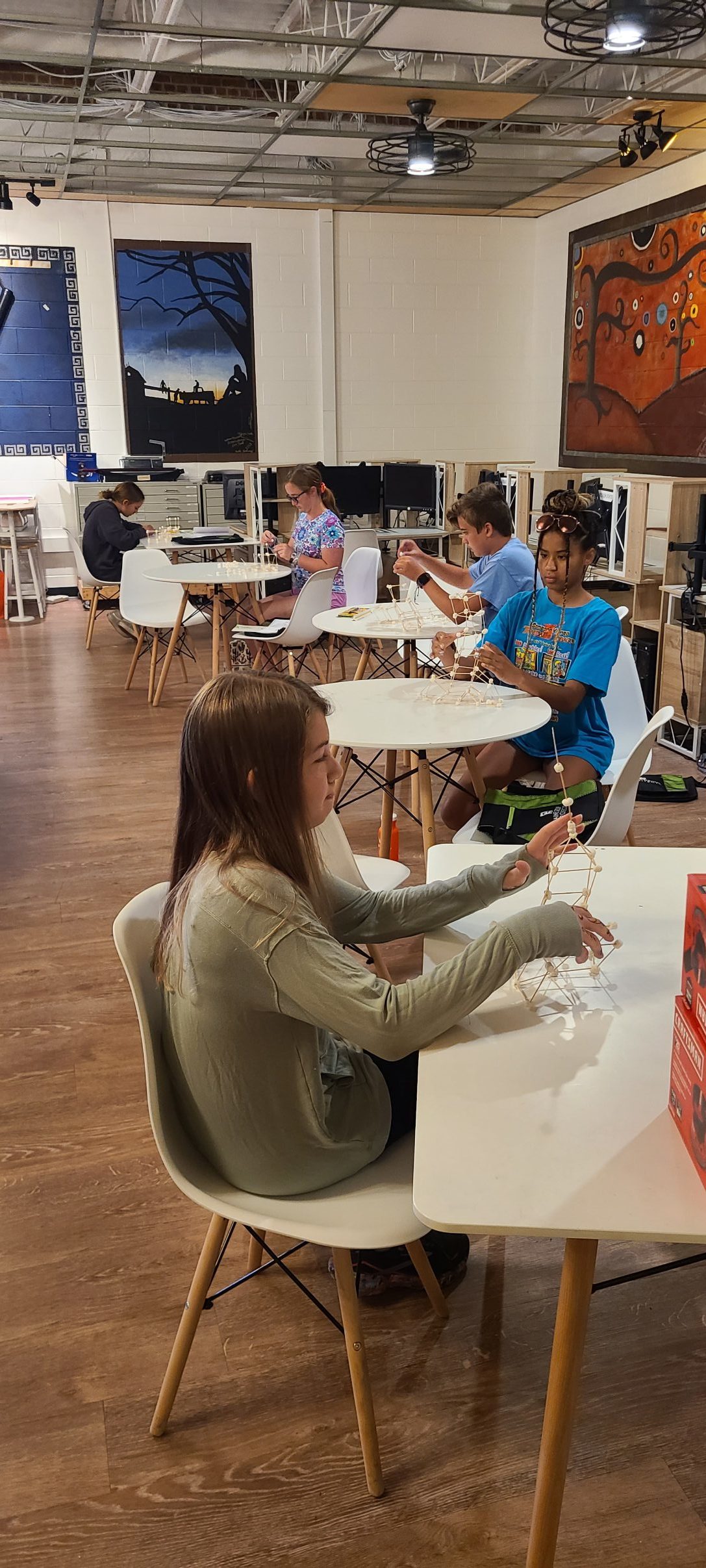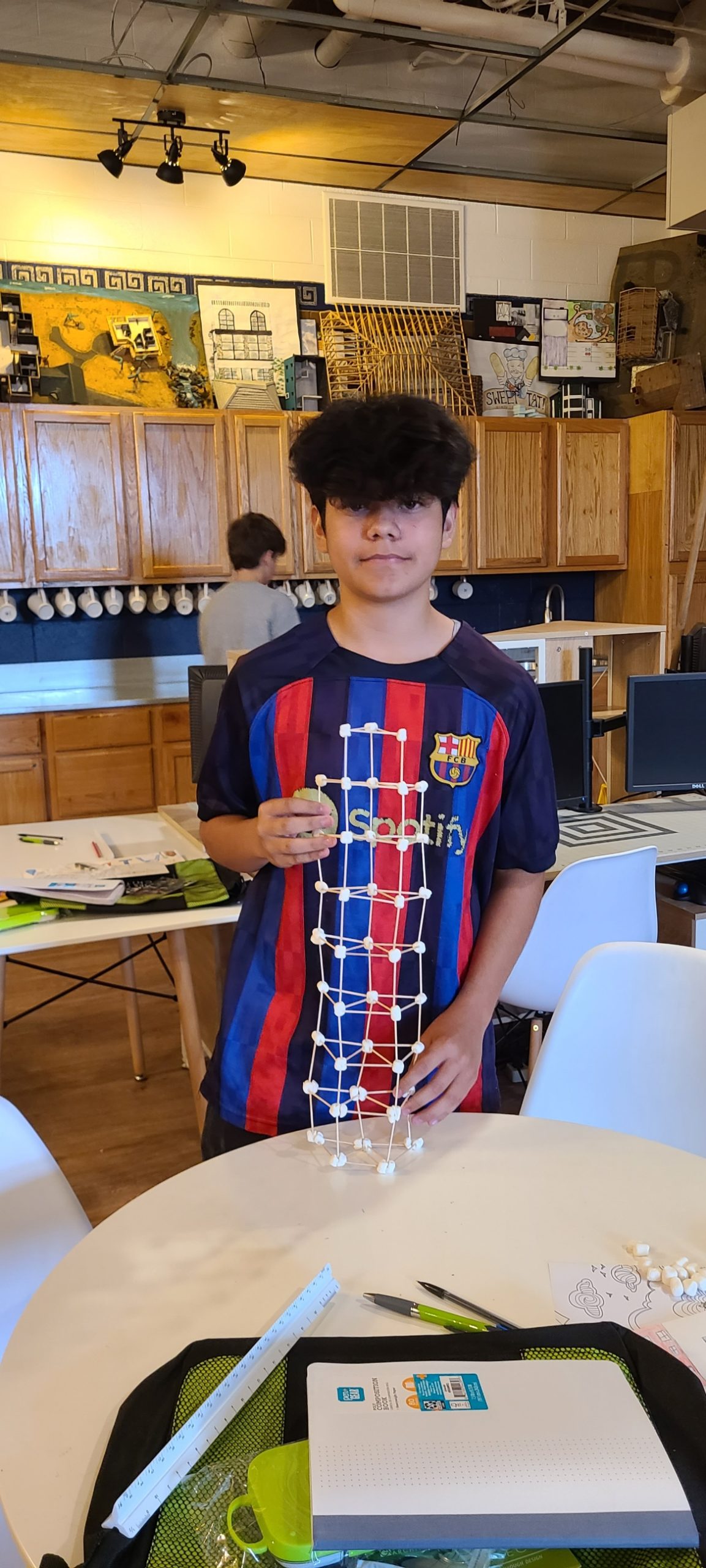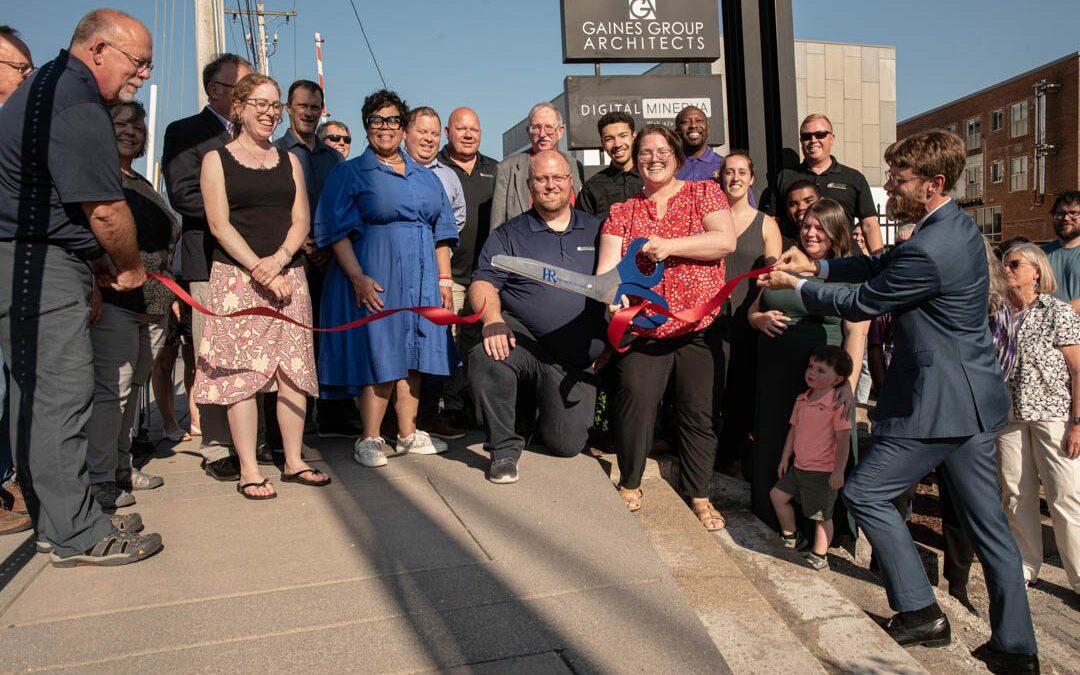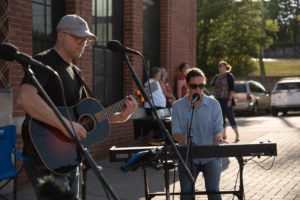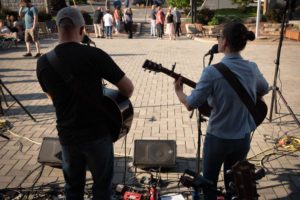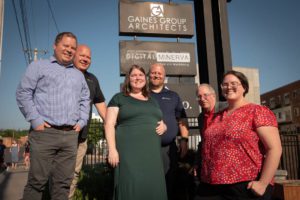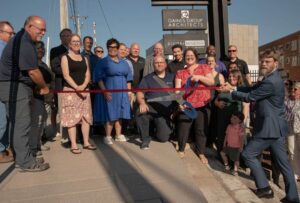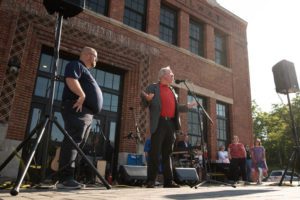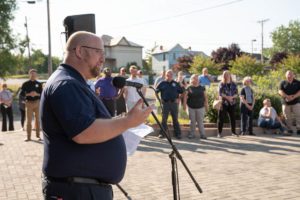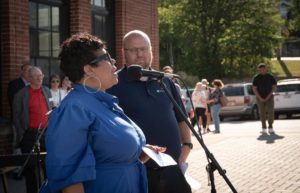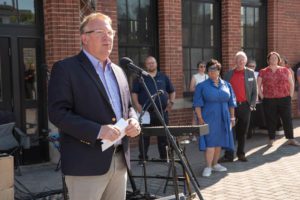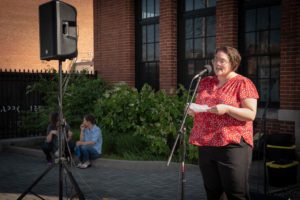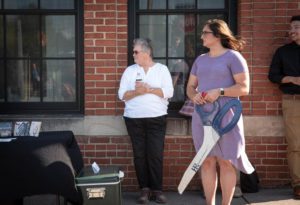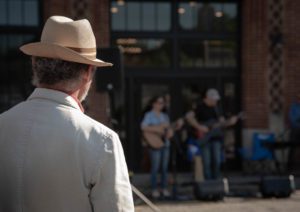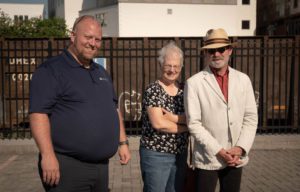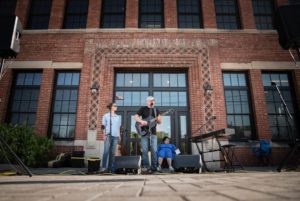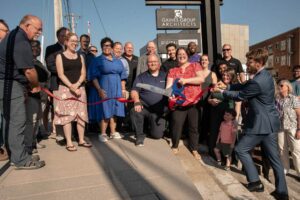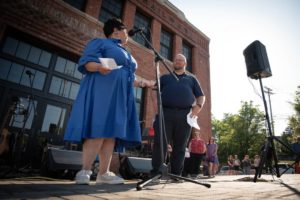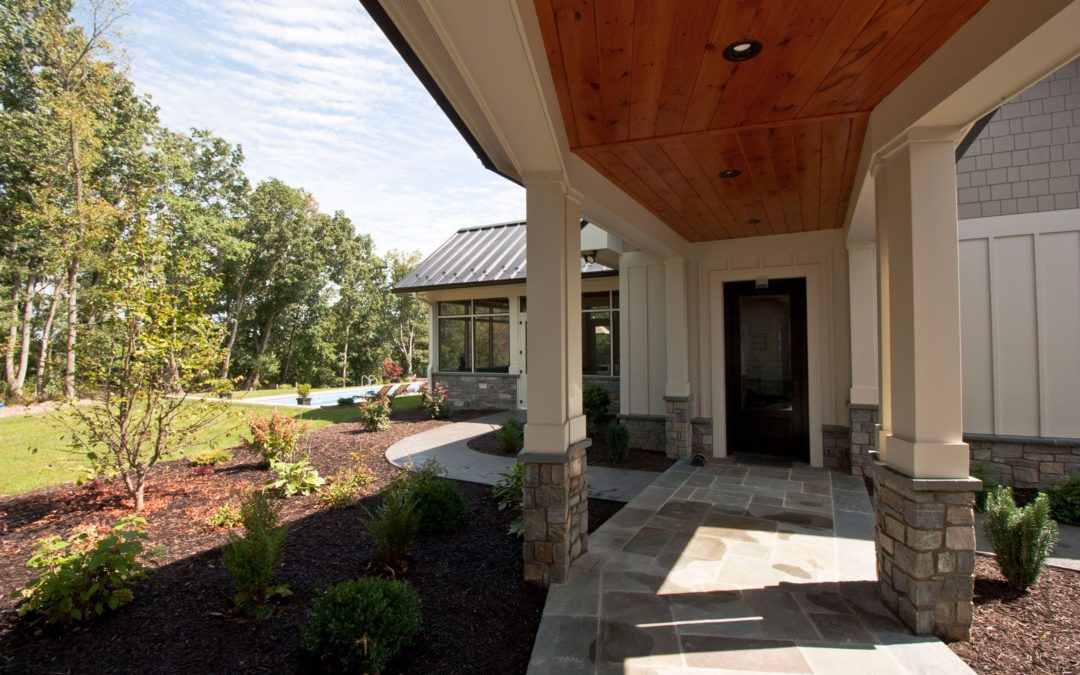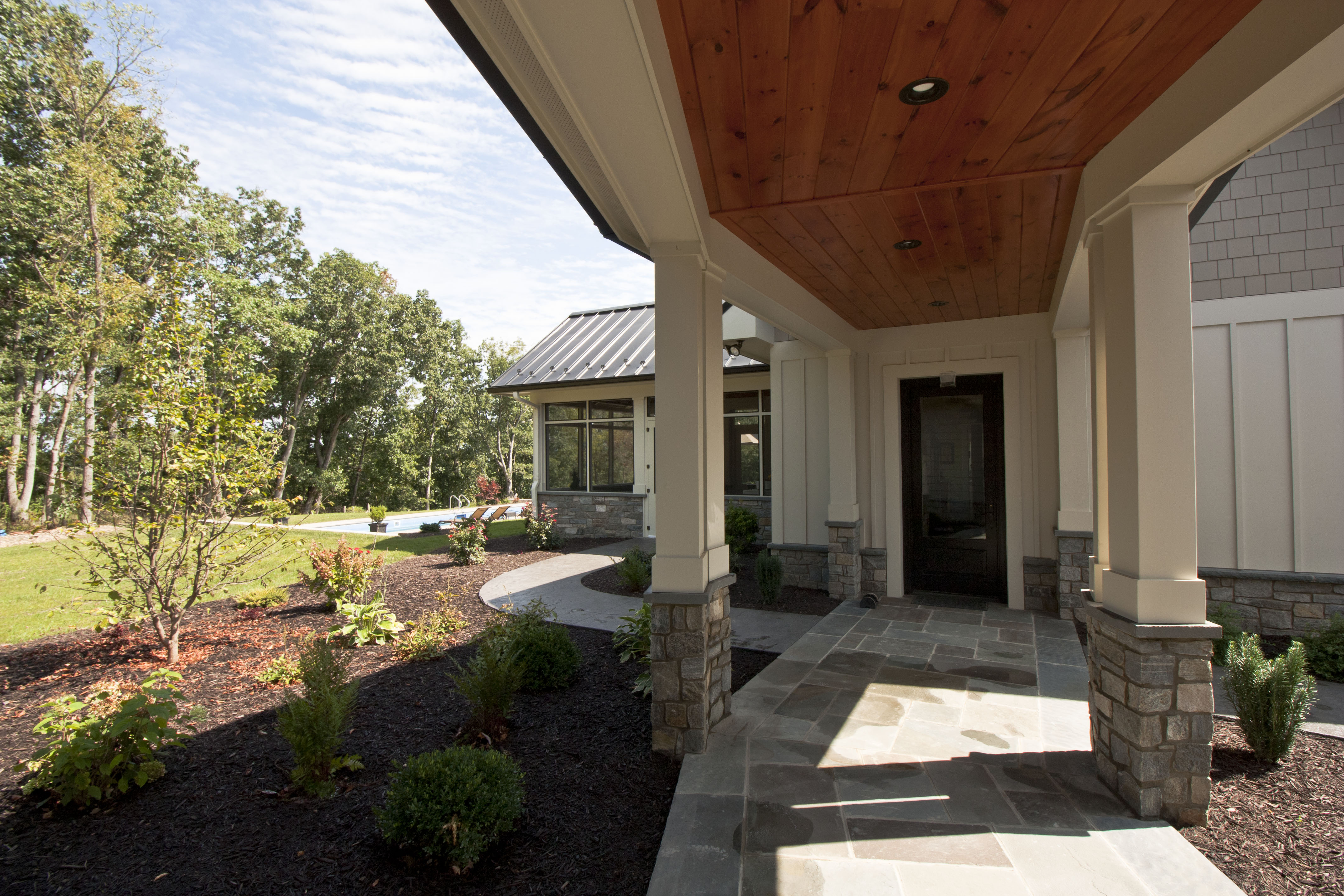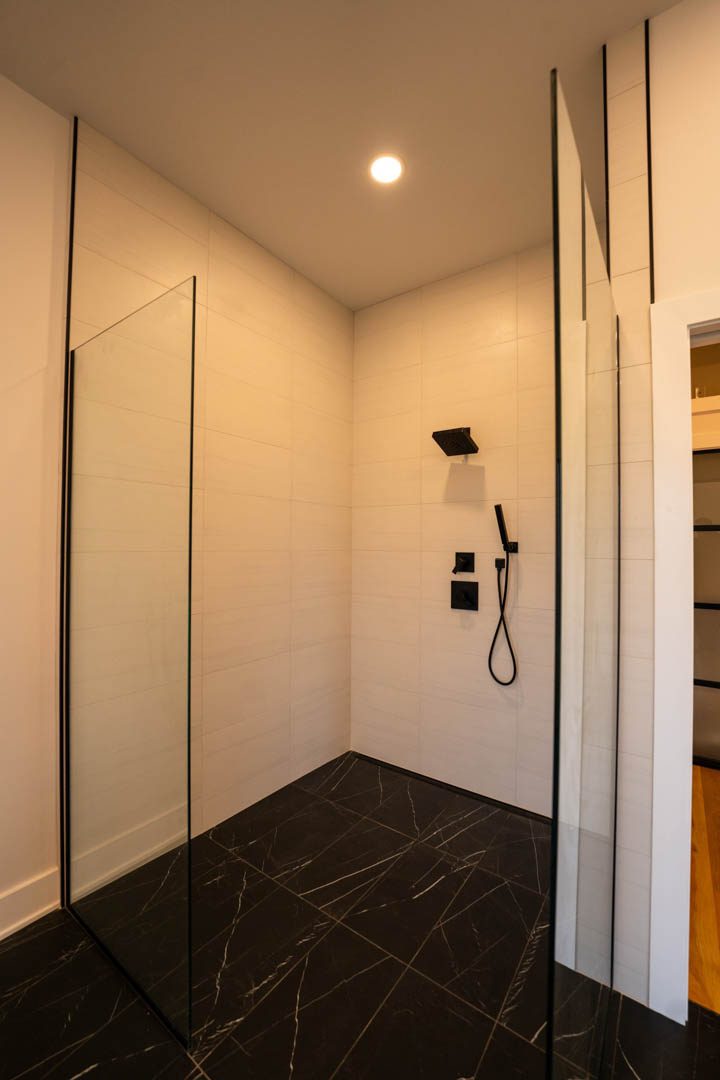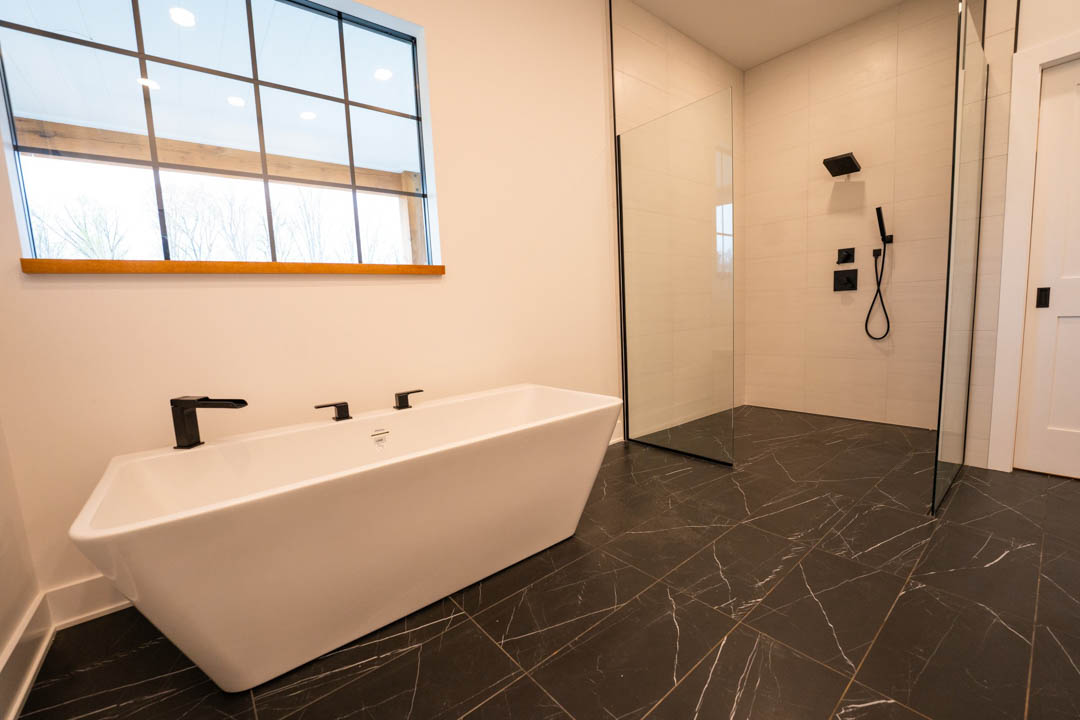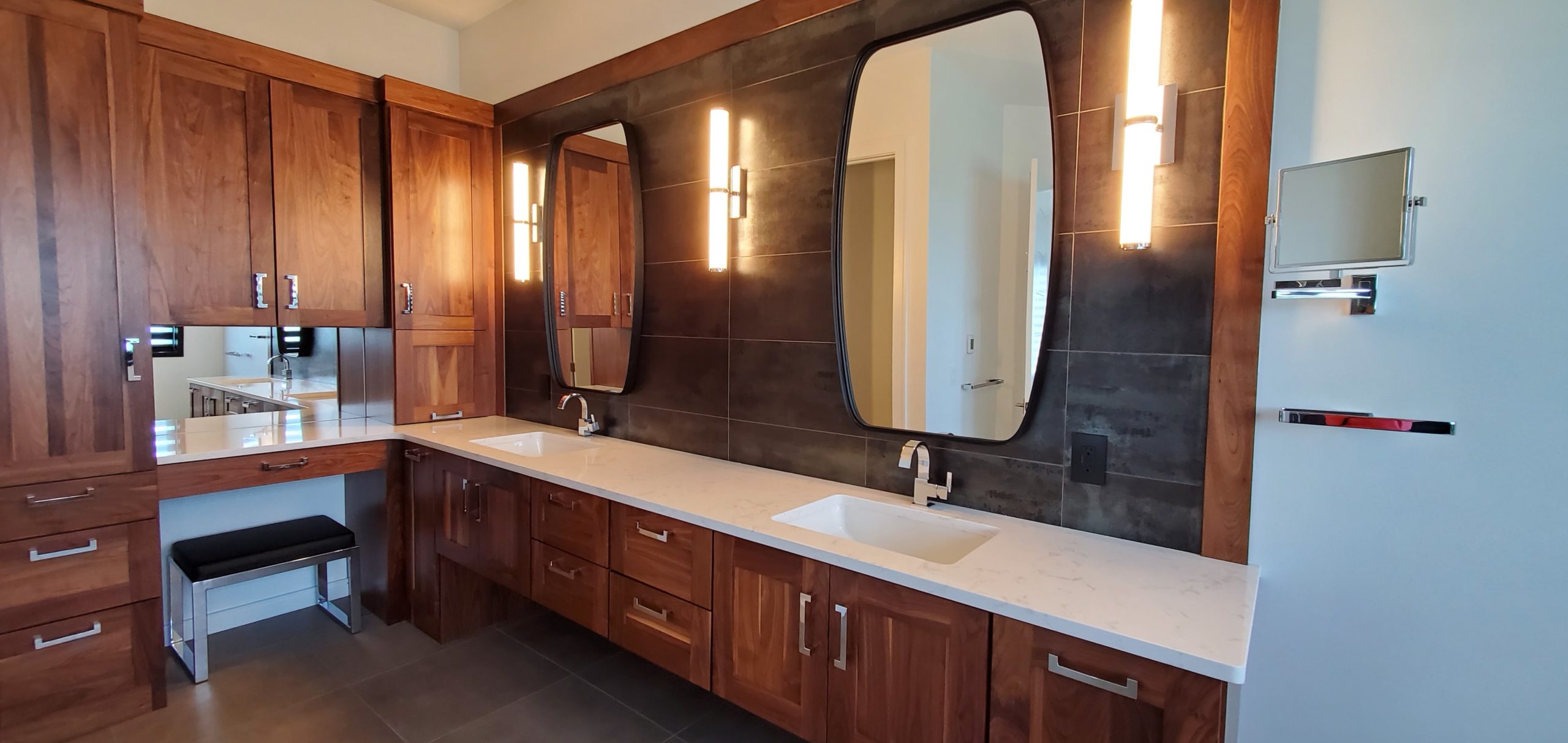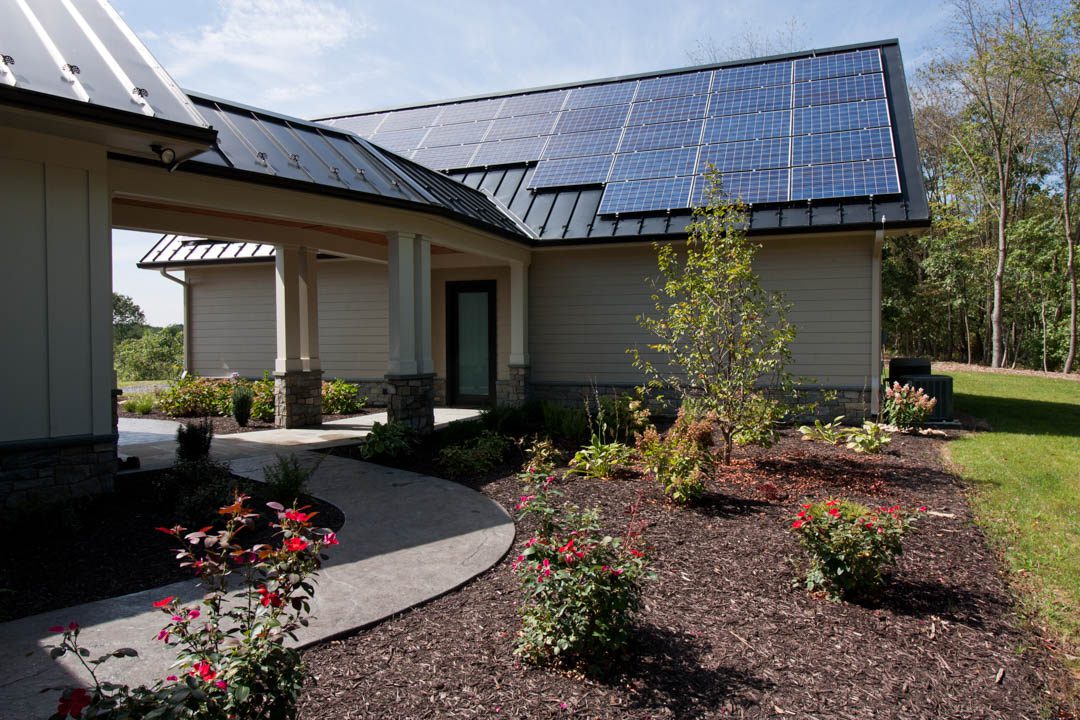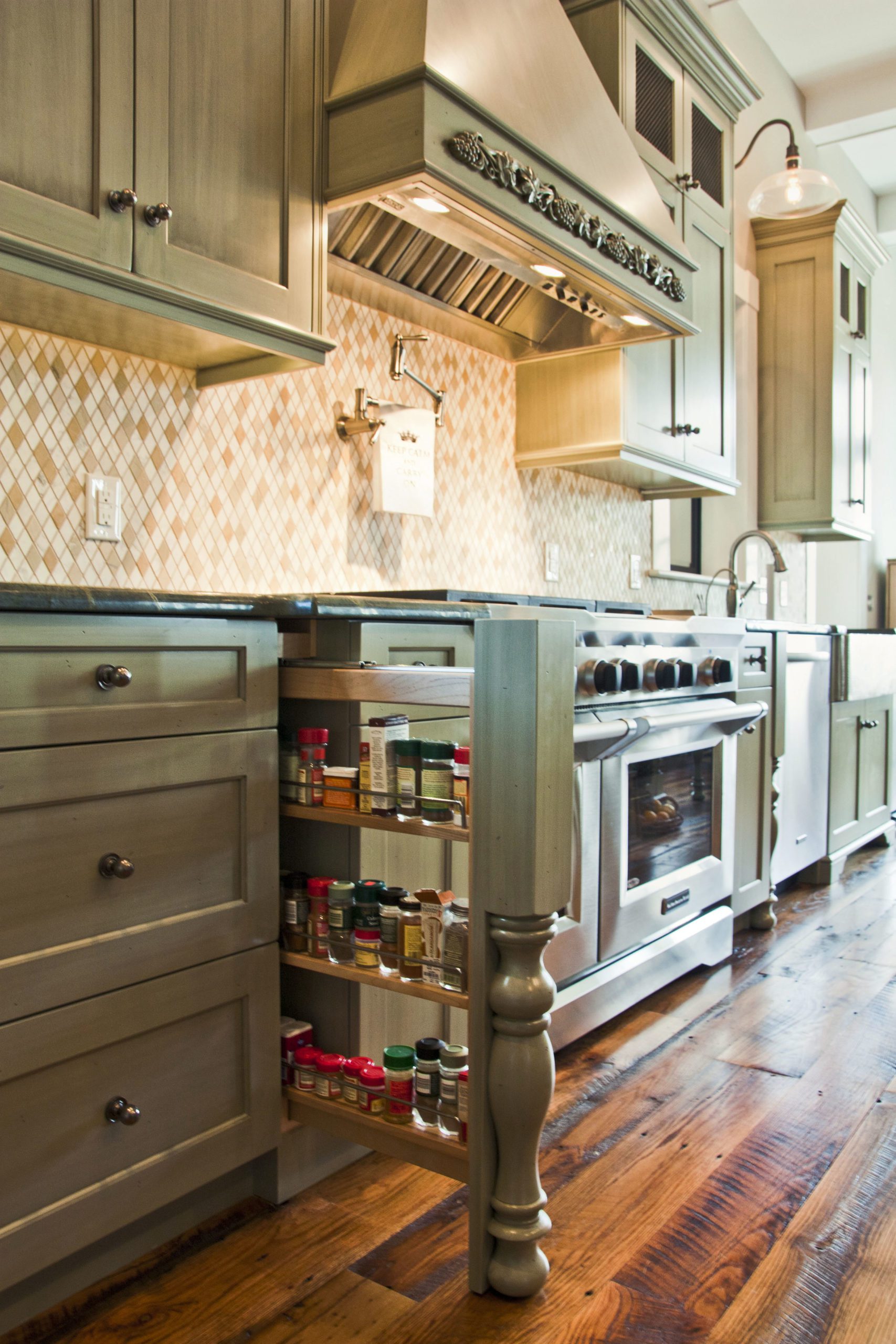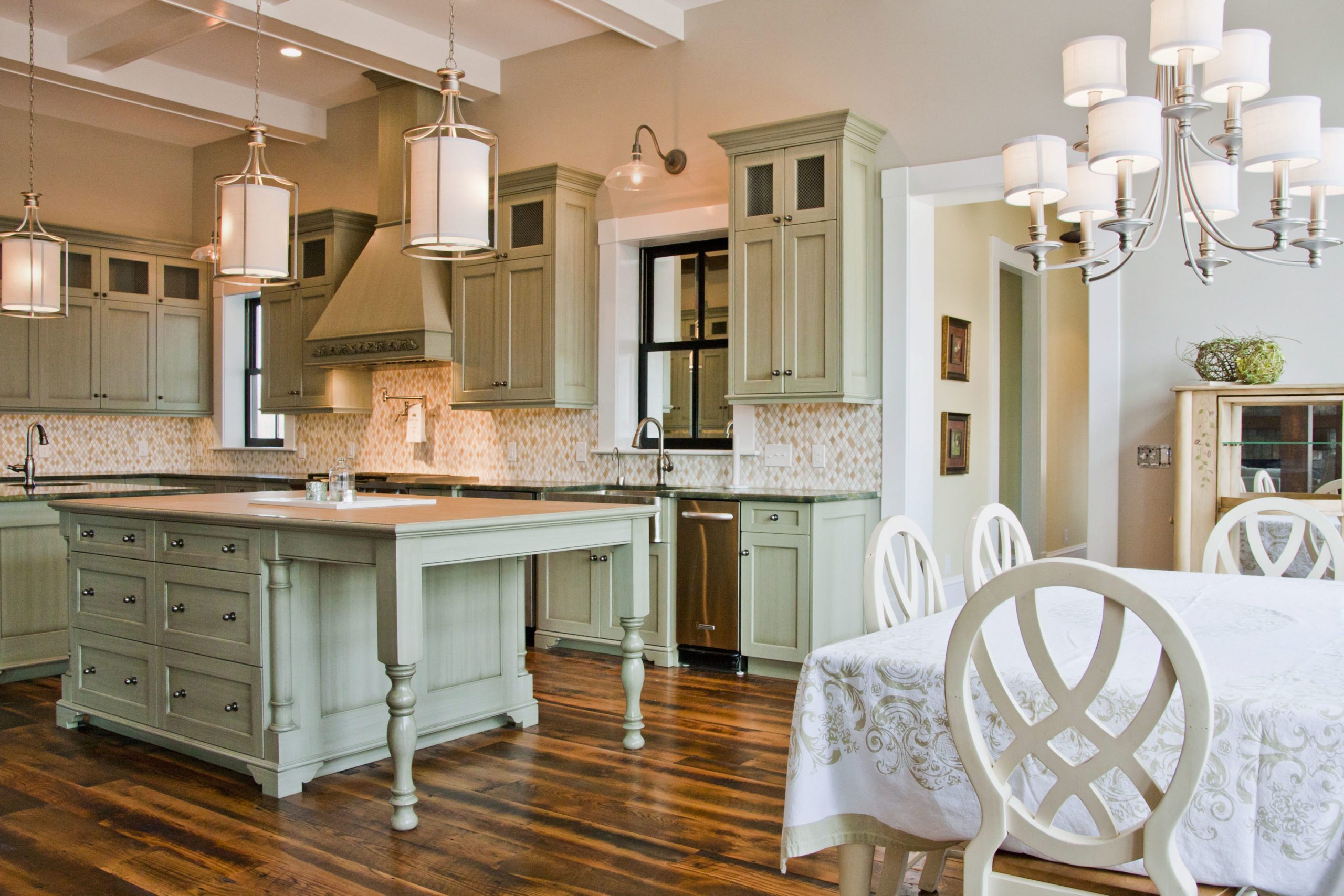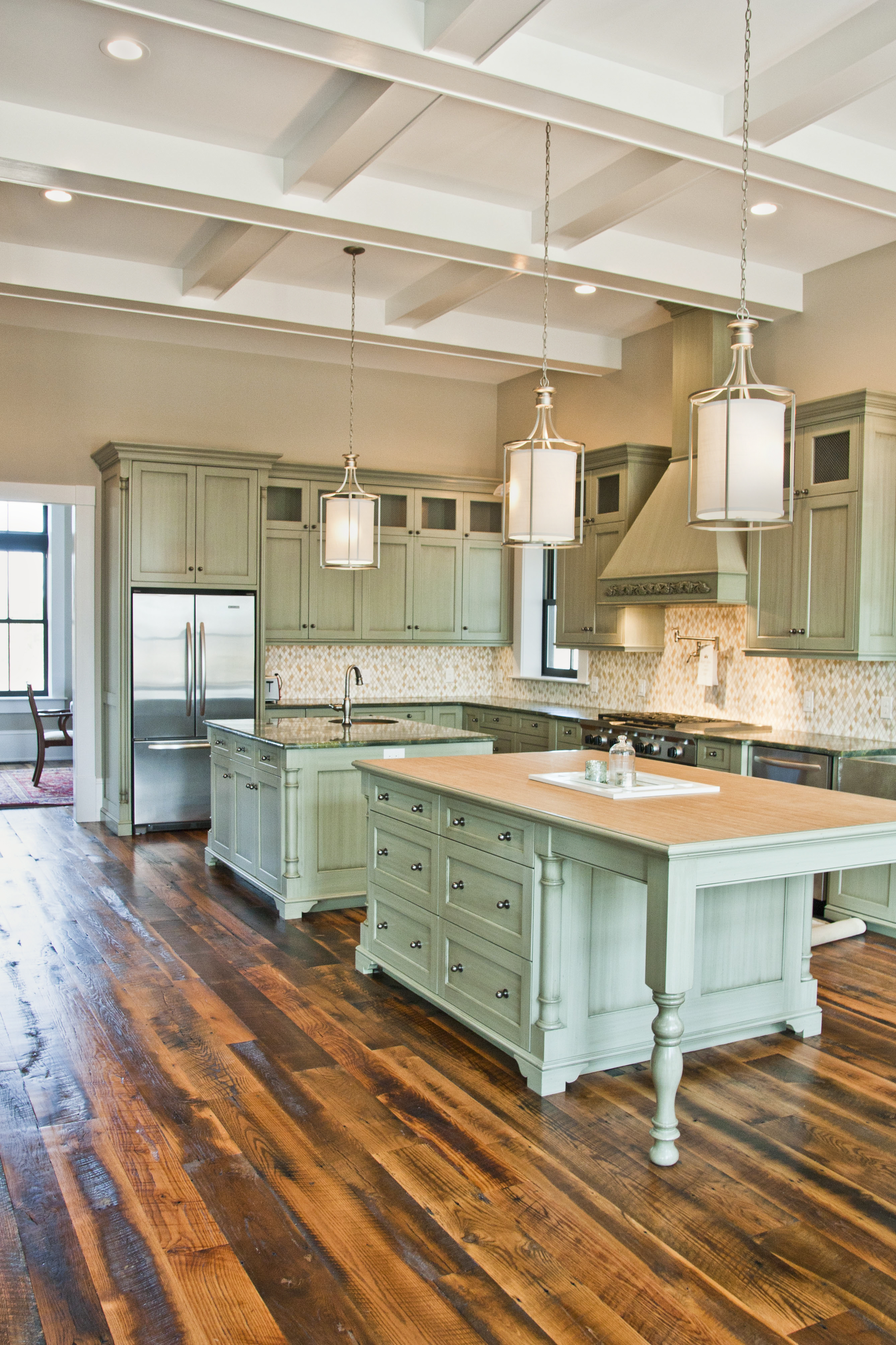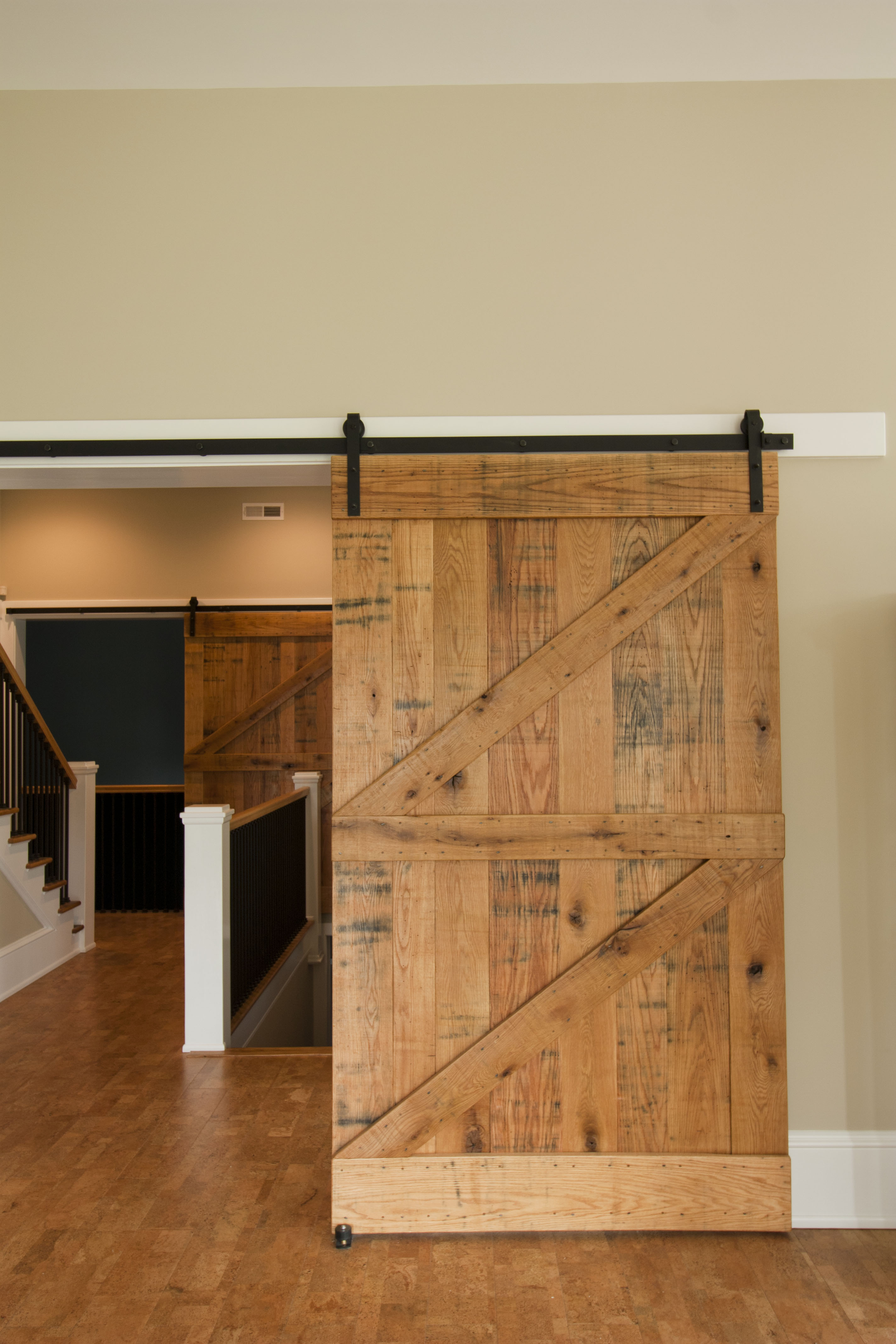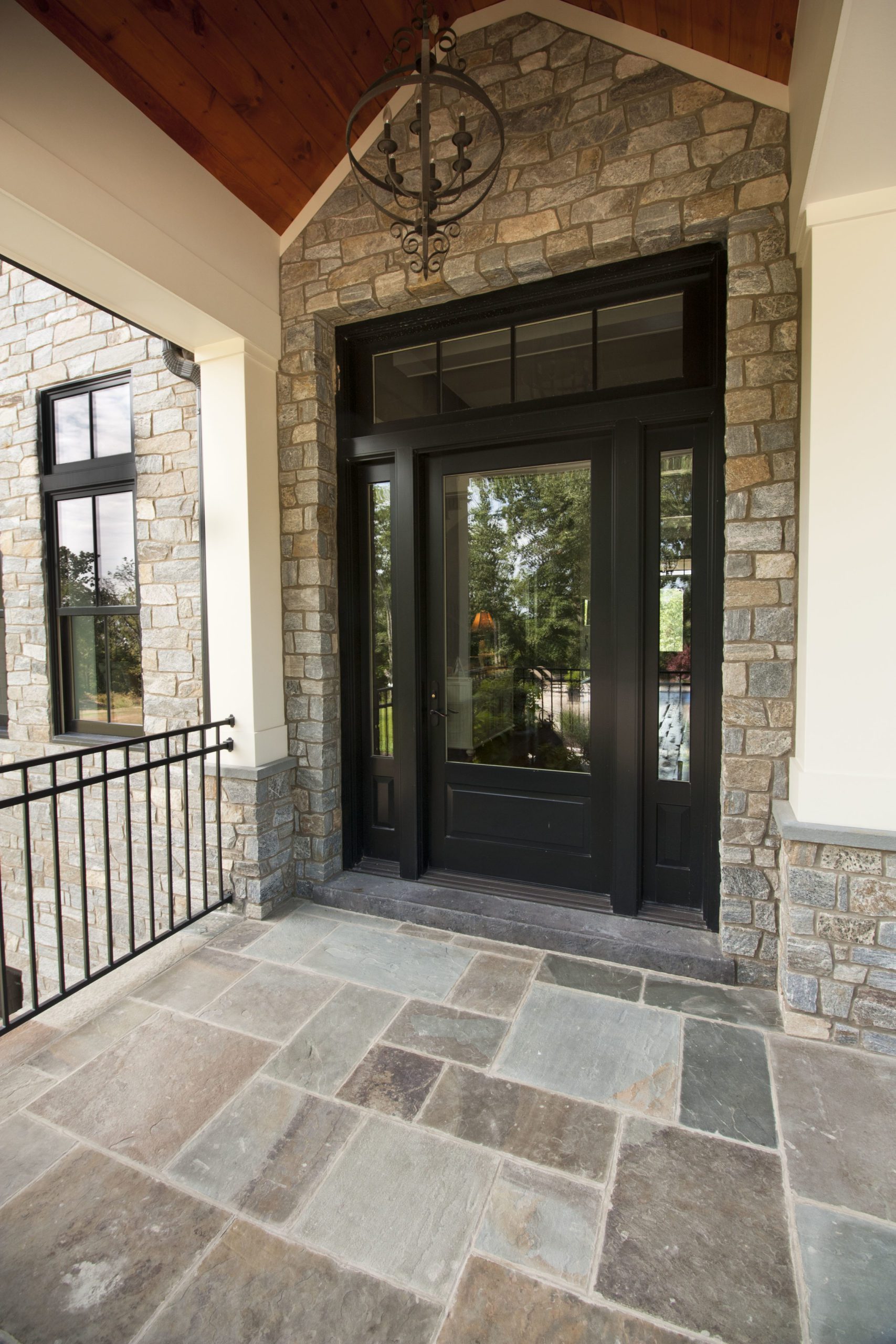
by Charles Hendricks | Aug 8, 2024 | Charles Hendricks, citizen architect, community
The Shenandoah Valley Partnership brings together local government, education, and business to increase economic development activity. Jay Langston and his team have done a fantastic job figuring out new ways to promote our valley in an ever-increasing competitive economic landscape. The result is amazing success at adding new jobs to our valley, growing existing businesses, and attracting new businesses.

“SVP is an awesome collection of businesses that understand the importance of supporting each other, combined with local government and education partners. This organization understands that a rising tide raises all ships.” Board Chairman Charles Hendricks continues, “it takes innovative leadership in our world to attract new business and to support existing business growth, and we have that at SVP.” From a local cooking show to a podcast series, Jay and his team are reaching a large radius of site locators in an authentic way. The message of collaboration among local business leaders resonates with how business wants to be done and these outreach efforts highlight that approach.
We need your help. If you want to be involved in SVP, reach out to Charles or Jay, learn more about investing in the partnership HERE.

by Charles Hendricks | May 21, 2024 | architecture, Charles Hendricks

Charles Hendricks Recognized as one of the 100 top Architects of 2024
Fixr.com recently revealed its annual selection of the 100 Top Architects of 2024, spotlighting key players in today’s construction industry. This exclusive list acknowledges the experts who are continuously contributing to the growth of the residential design sector.
These top architects have made this list based on criteria such as expertise, experience, and the ability to drive innovation and progress. They are acknowledged both locally and nationally, have earned their place through remarkable projects and a solid reputation.
According to Ornella Bianco, Home Improvement Specialist at Fixr.com, “The influence these experts have on the industry is undeniable. They are at the forefront, keeping up the pace with evolving homeowner preferences and advancing residential architecture in 2024.”
Being included in Fixr.com’s list affirms Hendricks’ leadership and expertise in the home design sector. This recognition underscores Charles Hendricks’ role as a catalyst for innovation, crucial for the ongoing advancement of residential architectural practices and trends in 2024.
Charles was also included on this list in 2023 and prior to that appeared on the Fixr top 200 experts in the construction industry list each year from 2020-2022
About Charles:
Charles Hendricks and is an architect, Rotarian, and father living in the Shenandoah Valley, Virginia. He serves the firm as Principal Architect also focused on business development, marketing, sustainability, and building science. He serves the community through a wide range of organizations including the Rotary Club of Rockingham County, Shenandoah Valley Partnership, Explore More Museum, Park View Mennonite Church, Massanutten Technical Center Foundation, Harrisonburg Downtown Renaissance Design Committee, and through many other volunteer opportunities. His core belief is that through design we can build a stronger and more vibrant future for all.
About Gaines Group Architects:
Gaines Group Architects is a small firm with a big idea – design can build a better community, enhance livability, reduce construction and operation costs, and protect our environment.
Design matters.
We work hard to understand the best practices in the industry so we can provide our clients with functional, affordable, and beautiful design solutions. We do this through a focus on quality, value, building science, and timeless beauty. Gaines Group Architects is located in Harrisonburg and Charlottesville, Virginia. We serve a wide range of clients from custom homes, renovations, additions, commercial, retail, industrial, ecclesiastical, and non-profits.
Mission statement
Through design we want to build a stronger more vibrant community. We want to design solutions that make positive changes for everyone in our community.
Why we do it
Because we want a better future for our clients, community, and world.
About Fixr.com
Fixr.com is a go-to resource for home improvement, dedicated to aiding homeowners in making informed decisions about remodeling. Fixr.com stands out for providing unbiased, thorough, and regularly updated cost guides, price comparisons, and cheat sheets for a wide range of remodeling, installation, and repair projects. With the necessary knowledge at hand, Fixr.com connects homeowners with the best-matched contractors in their area to begin their home improvement projects.
For the complete list of the 100 Top Architects of 2024, visit: https://www.fixr.com/articles/top-experts-architects

by Charles Hendricks | May 19, 2024 | Charles Hendricks, citizen architect
I own a small business in a post-pandemic economy, and life is difficult. (Disclaimer: I have 4 business partners, I don’t do this alone).
I keep seeing posts on social media from other small business owner friends of mine and I think we are all feeling the weight of the world right now. I can tell you I need help, support, and compassion right now more than I have in the 16 years I have been a business owner. Thank you to all those who are supporting me and offering words of encouragement. Thank you also to all my clients who are allowing me to design for them.
But more about the challenges: Owning an architectural firm means I have to have thick skin, a very high tolerance for stress, and be extremely flexible in schedule, goals, and expectations. I have not found the balance, if there is such a thing, and tend to give more to others and the business than to my own mental and physical wellbeing. Owning a business is hard.

Something changed coming out of the pandemic. Expectations are higher, timelines are shorter, price structures are more volatile, and product shortages are unpredictable. It is beyond stressful to figure out the challenge of balancing meeting our clients expectations, mental health of staff, and providing a safe place for design creativity, with staying economically competitive and quick. Are you done yet? While all these challenges / goals have always been there for small architectural firms, since the pandemic it seems they are all heightened. It is not necessarily directly related to the pandemic, but there was a shift in how our clients think about us and what our employees expect in a workplace since the pandemic. Many days it feels like everything is in a very fragile balance and any small wrong move will break the system. We balance building code compliance with aesthetic beauty with structural product price spikes with changing communication patterns from our clients, consultants, and employees. We are expected to pivot quickly and stay on top of all the changes all the time. Products that used to be readily available are no longer in our market. Builders that used to need work are booked out for a year or so. Software costs skyrocketed from just a few years ago when you could purchase a software package to now having to purchase an annual subscription. The market has shifted where the big firms will frequently compete with smaller firms for local projects. These larger firms have entire teams dedicated to responding to potential client requests while in a small firm we each wear many different hats and have to give time in many different ways and directions.

I am not complaining about owning a business and getting to set my own schedule, write my own mission statement, and set my own path. (Well sort of set my own path and as long as my schedule is work a lot I can set it for sure.) I love what I get to do: solve spatial problems for our clients that enhance their livability, protect the environment through sustainable design practices, and inspire joy through beautiful design work. I just wish it was a little easier to find the clients, deliver the projects efficiently in a more relaxed schedule, and figure out the balance between earning a comfortable living and being affordable. It does feel like I am climbing a steep hill with the sun in my eyes many days.

Does anyone else have some insights on the joys and challenges of owning a small business? Please share, it is good to know that others face similar challenges.

by Charles Hendricks | Jul 11, 2023 | Charles Hendricks, citizen architect, community
This summer I taught a class for Massanutten Technical Center Summer Camp in Architecture. This was my third time teaching the course and it was as rewarding as ever.

One of the greatest gifts I have ever been given in life was finding my passion. I love serving others and it feeds my soul. One of the ways I am able to do this is by sharing my knowledge about architecture with others. I do this in blogs, on social media, lectures, and recently through a week long summer camp at Massanutten Technical Center. I had a class of 11 middle school students that signed up (most of them) or were signed up for my course because architecture sounded interesting. This week was a chance to explore a future career option, flex some design muscles, stretch their comfort zone, and get exposed to the built environment in a new way.
The main project I used for this week long course was designing a floorplan. In just 20 hours it is hard to do more than conceptualize a familiar kind of space. We talk about styles of architecture, scale, famous works of architecture, famous architects, color, light, and more. It’s a fun week for me to share something I love – the process of creating design.
The students take on the challenges along the way with a tower building challenge using marshmallows and toothpicks and a bridge challenge using one sheet of paper. We watch a variety of videos on sketching to learn different techniques and talk about how to sculpt space. We investigate room sizes and learn about architectural scales as a way to convey information to others.
Each day has a new challenge and by the end, each student has a floorplan designed for a family they have imagined. Some of the students get to the point of building a 3D version of their floorplan so they can better see the spaces. This allows them to think about a roof and vertical form of their creation.
Taking on this summer camp while keeping up at work is a challenge each time I have done it. However, it is so worth it to see these students grow. Over just a week, I could see them becoming more confident in their abilities to design and think through spatial design problems. If you have the opportunity to share your passion with others, in a summer camp or just a conversation, I encourage you to take the chance to share.

by Charles Hendricks | Jun 30, 2023 | architecture, Charles Hendricks, citizen architect, Office Culture, team
We have been so busy over the last month we failed to post photos from our big party! Here is the press release and some photos from the event.
Gaines Group Architects moves firm headquarters to renovated historic Harrisonburg train station.
The Gaines Group, PLC, Architects is pleased to announce the relocation of its firm headquarters to the historic Chesapeake Western Railroad Depot in the heart of Harrisonburg, Virginia. This milestone marks multiple points of celebration for the firm. Over the last 37 years this business has grown from a one-person operation to a thriving two-location small architectural firm serving communities across four states including Virginia, West Virginia, North Carolina, and Pennsylvania. In the last 15 years it has experienced a substantial increase in the number and average size of projects and has doubled the size of the firm. This year Raymond Gaines and Charles Hendricks were joined by Paul Tassell, Adrienne Stronge, Deborah Smith, and James Halstead as principals, thus increasing the businesses’ resilience. The firm is celebrating six new hires who bring a diverse set of talents to the organization. Providing architectural services for a project base that includes custom residential, multi-family residential, industrial, educational, commercial, renovation, child care, and more has allowed the firm to continue to grow in spite of the COVID pandemic.
Charles attributes the firm’s growth to its focus on design that creates a better future for all. He says, “Our focus is to find ways to build a stronger community for everyone. We do this through our projects, designing sustainable solutions into every project. We use design strategies that are durable, energy-efficient, and healthy that not only benefit our client, but the community as a whole. We also seek out organizations in our communities that we can partner with and support through volunteer efforts to further this goal. From our work on boards and commissions, to giving our time and skills, we want our legacy to be one of caring for others, the environment, and our collective future.“
















by cbhendricks | Jun 15, 2023 | aging in place, architecture, Charles Hendricks, Interior Design
It’s been awhile since we’ve written about Aging-In-Place, but as promised, we bring Part 2 to this series focusing on aesthetic misconceptions about this type of design. (Read Part 1 here). As a reminder, you can hear more about Aging-In-Place Design on the on the WSVA Early Mornings podcast where Charles recently joined Beth Bland of Valley Program for Aging Services (VPAS) to talk about Aging in Place.
In the podcast, Beth addresses the common belief that Aging-In-Place modifications/aging friendly design can’t be beautiful or aesthetically pleasing. Unfortunately, this is a common misconception that prevents people from adding these modifications to their homes. We want to break that stereotype. You can make a beautiful house that is also accessible to people with a wide variety of abilities.
This misconception stems both from misinformation and often, a confusion of the terms “ADA compliant design” and Aging-In-Place design.” Here’s a recap from Part 1 in case you missed it.
ADA compliant design vs. Aging-In-Place modifications Recap:
Often ADA design and Aging in Place modifications overlap, but Aging in Place is centered around customizing spaces for you and your abilities. It expands beyond simply meeting the bare minimum requirements of basic building codes to creating something unique and beautiful for your day to day life. This sort of design can be added to your existing home or built into a new one.
Not only is Aging in Place customized around each individual’s physical design needs, but the entire process can be customized around your needs and might include financial, location, and relational considerations.
Beth asks, What things can you do to make aging-in-place modifications in a home look pretty?
Many designs are becoming popular that also happen to be aging friendly. In showers, you can take a tub out and put in a roll-in shower. In the interview, Charles says that he now puts no-step showers into most new houses because “they’re just gorgeous… people love them.” Example pictures below.
Bathrooms
Bathrooms are particularly important for modifications because water and soap can lead to slip and fall related accidents. For those with balance and mobility challenges, a towel bar that functions also as a grab bar can be installed. (One example here). Sinks can have open space beneath them to allow wheelchairs to slide underneath and give more access to the faucet. A curved front of a sink not only makes a sink more accessible for wheelchairs but gives easier reach for everyone because the sink follows the natural curve of our bodies.
This Modern Home has a beautiful sitting area in their restroom at the vanity (right).
View this custom home portfolio here.
Another example is to have a detached garage (left) that’s connected to the house by a breezeway. This distance from your house keeps chemicals and fumes out that come from your car and things that are often stored in a garage. Air quality is important to everyone, and you can be even more sensitive to poor air quality as you age. A breezeway creates visual interest to a house design and gives space for creative landscaping options. (See left for a beautiful example).
In the kitchen, you can also have a roll-under cabinets, islands, or bars. The space underneath functions dually for stationary chairs and wheelchairs. Counter tops of varying heights make it more accessible for kids, wheelchairs, and any height! Examples of a roll-under island design below.
Aging-In-Place modifications can be an expression of your creative style. For example, this home has a unique pull-out spice drawer that’s hidden in it’s design and allows for easy access without overhead reach (pictured left).
Grand Doorways and Beyond
These modifications are often a common part of design that you may not even notice unless you were paying attention or it was helping with your specific need. One such example is bigger doorways that allow wheelchairs and every size person to easily get through. Imagine too that you’re carrying a large platter of food for dinner or moving a couch into your home. A wider doorway like the one pictured below accommodates these kinds of common activities too. Aging-In-Place is for everyone.
For more information on making a home aging friendly, see these links to a few professionals and experts that are right here in the Valley:









